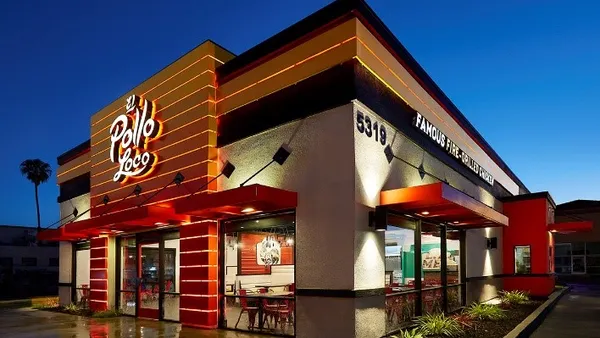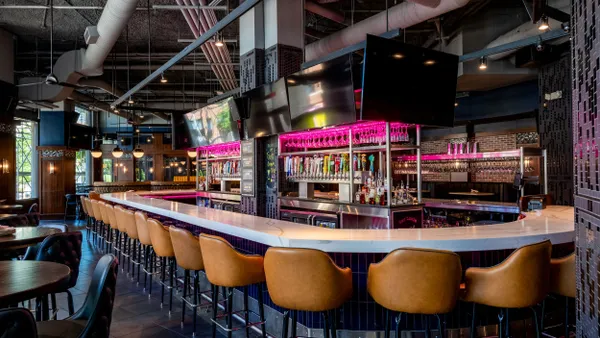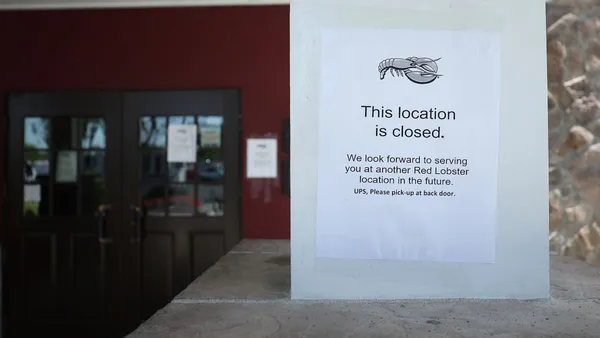While the past 22 months have been harrowing for many restaurants, some chains have used cheap, second-generation real estate left behind by shuttered eateries as a springboard for franchise expansion. Others have developed small, off-premise-focused store concepts to attract a growing contingent of franchisees hungry for drive-thru units.
Franchising strategy has shifted, too. Suburban real estate has become a hot target as a large chunk of U.S. consumers continue to work from home and move away from expensive city centers. Southern states are also seeing an influx of restaurant expansion deals thanks to their relaxed coronavirus restrictions, which could help franchisors future-proof for worse pandemic conditions.
But how long will this franchising boom last? Which markets are still ripe for growth, and what restaurant segments should operators target to be successful in a pandemic and post-pandemic landscape?
Restaurant Dive aims to answer these questions and more in a four-part series that explores how the state of restaurant franchising has evolved from 2019 to the present. It also details why Texas and Florida real estate has become so sought after, how the fast casual segment has proliferated and what franchising challenges may lie ahead.
The series also includes an interactive heat map of U.S. restaurant franchise expansion. In it, you can explore where chains big and small are growing, which states have seen the most franchise expansion and which restaurant segments and cuisine types are experiencing the most proliferation.
Check this page for new additions to the series, which will be updated Mondays through Nov. 8.














